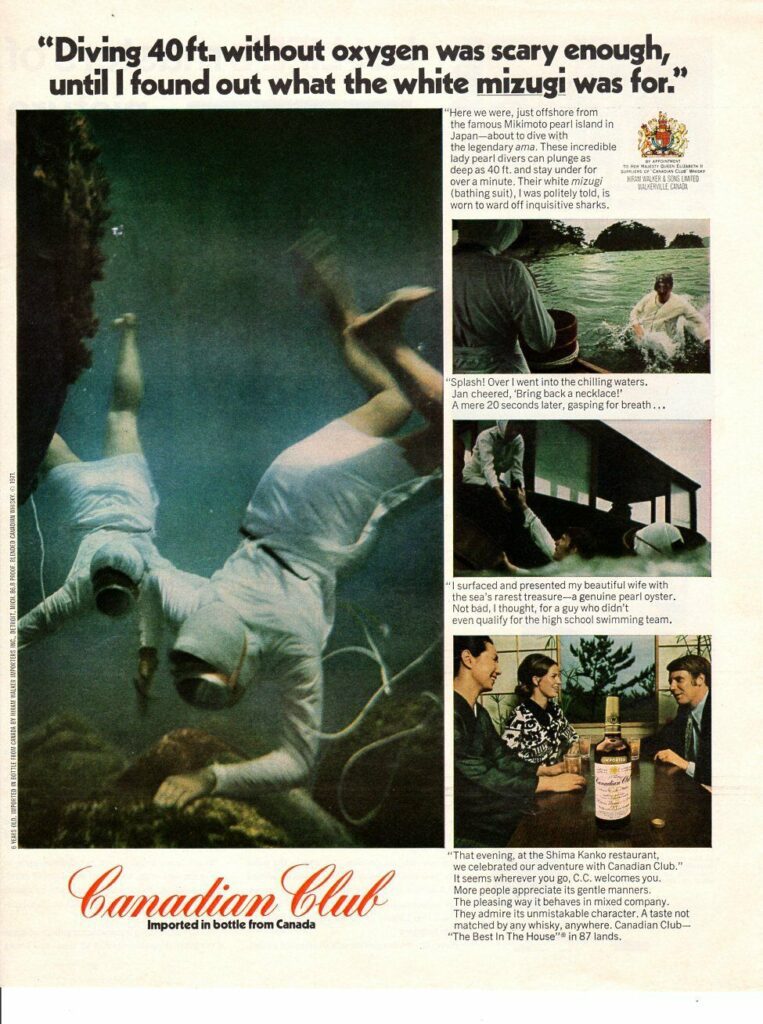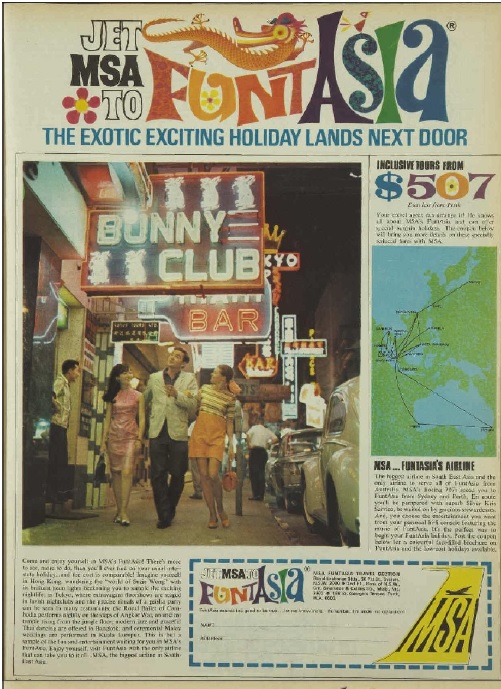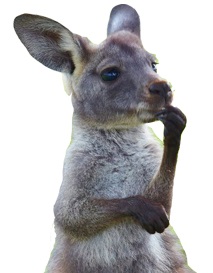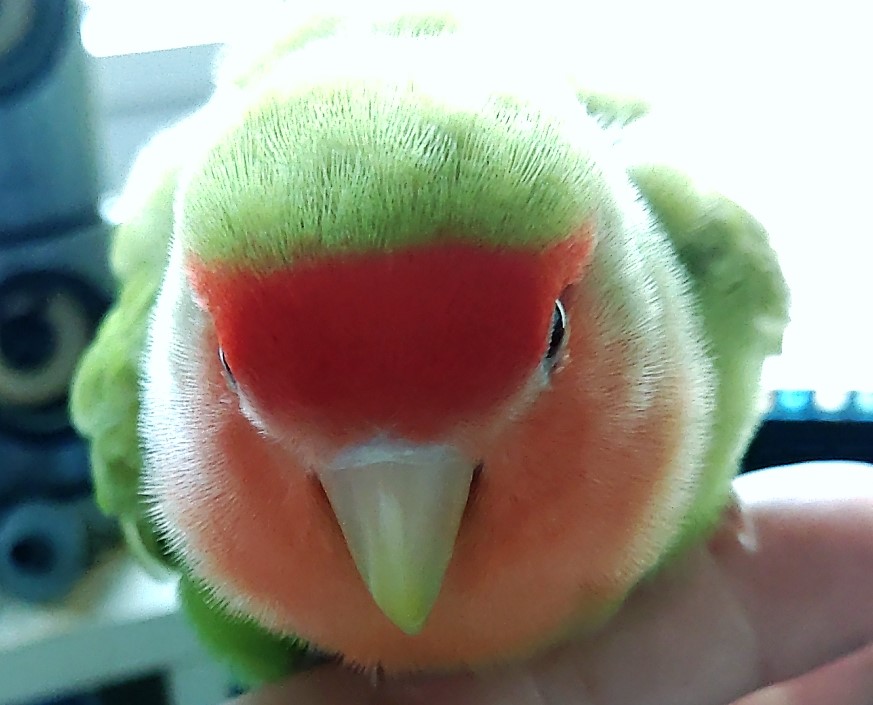Japan will finally re-open its doors to unrestricted travelers in October 2022, over 2 1/2 years since imposing strict entry requirements (especially on foreigners) due to the COVID-19 pandemic.
With the yen at its weakest against most major currencies since the early 1990s (and effectively even weaker still in real terms as the yen of the early 1990s carried far greater purchasing power than the yen of the 2020s), tourists are predicted to flock back into Japan.
Japan is one of the world’s great tourist destinations and it is Kangaeroo’s belief that the hospitality of many Japanese people show toward tourists make it this way. Japan has an extremely well-deserved reputation for being hospitable toward visitors, and that was also Kangaeroo’s experience.
People are expected to come to the Japanese wonderland to see such treats as the mix of ancient and modern traditions, the neon-lit cities, the amazing food, incredible trains, anime, manga, J-Pop and all sorts of delights.

Things have kinda changed since Kangaeroo first came here, though. In those days, the selling point was the exoticism of Japan, especially its women, and the marketing was highly sexualized in a manner unthinkable in today’s prissy age of political correctness. Back in the day, Japan was plugged as being the homeland of topless pearl divers and geisha girls.
MSA Airlines, the forerunner of today’s Singapore Airlines and Malaysian Airlines, tried in an October 1968 advertisement to entice tourists to the Land of the Rising Sun by saying, “Imagine yourself…in Tokyo, where extravagant floorshows are staged in lavish nightclubs and the precise rituals of a geisha part can be seen in many restaurants.” Imagine yourself nowadays if you tried to sell travel with a line like that? (Or even worse, what they said about Hong Kong, where you could be: “Wandering ‘the world of Suzie Wong’ with its brilliant neon lights beckoning you to sample the exciting nightlife.” Definitely a case of mixing up what’s Wong and what’s right.)










